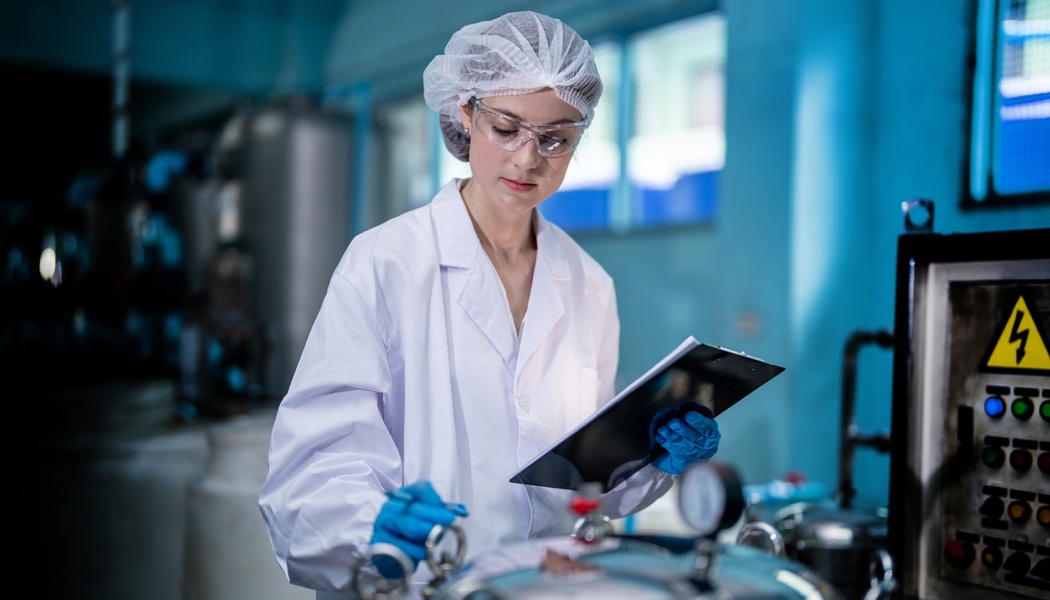In the 1970s, Dario Ferrari, founder and CEO of Intercos, tells how he bought “an Italian lipstick company (…) 10 people in Milan on a 2000m2 site” [1]. At the time, Intercos worked by producing its customers’ formulas as is. Then, in the 1980s and 1990s, the company expanded outside Europe, especially in the United States, thanks to its strategic partner Estée Lauder. The company therefore began to carry out its first colour matching operations, and to become more involved in finished goods distribution… The R&D were therefore the customer’s executors, both technicians and also colourists in the make-up field.
Given the exponential growth of the global beauty market since 2000/2010 and the increase in competition, subcontractors have had to reinvent themselves. Marketing or new product development (NPD) teams gather customer requests and brief the applied research of the manufacturers to develop customized formulas with personalised texture, sensorial features, active ingredients, fragrances and colours. This R&D structure is often similar for some customers. The formulator is therefore a complete part of the whole product development process. In addition to the scientific and technical aspects of the formulation, he or she is responsible for checking the feasibility of the formula with the raw materials department, compliance with the regulations department, and industrial transposition. With the development of raw materials suppliers and the first masters in cosmetic science (graduate schools such as ISIPCA or IPIL in France, etc.), the role of the cosmetic formulator has been highlighted, amplified and made better known.
Today, in addition to applied research, upstream exploratory research plays a key role in subcontracting. A subcontractor can produce for both mass market and luxury customers, or for the backstage of a fashion show. This leaves a very wide creative field for the formulator. In order to anticipate market trends and the needs of the customers, the formulator is free to create a new foundation or a revolutionary conditioner. More than just an integral part of product development, they become a real source of ideas. All these innovations will be brought together in collections and presented, for example, at international events.
In addition to exploratory research, open development and joint development projects between subcontractors and customers are increasing. For example, Intercos formulators are working hand in hand with polymer and materials science researchers from the University of Milan Bicocca to design the cosmetics of tomorrow [2].
Formulation companies and their customers always have a confidentiality agreement. As a result, the customer doesn’t always realize the amount of work and creativity that has gone into the design by the formulator, the colour-matching by the colourist and the industrialization and the production by production teams.
From a personal point of view, it’s always a great pride to see a product that you’ve designed with your own ideas sold by a big, well-known client brand!

